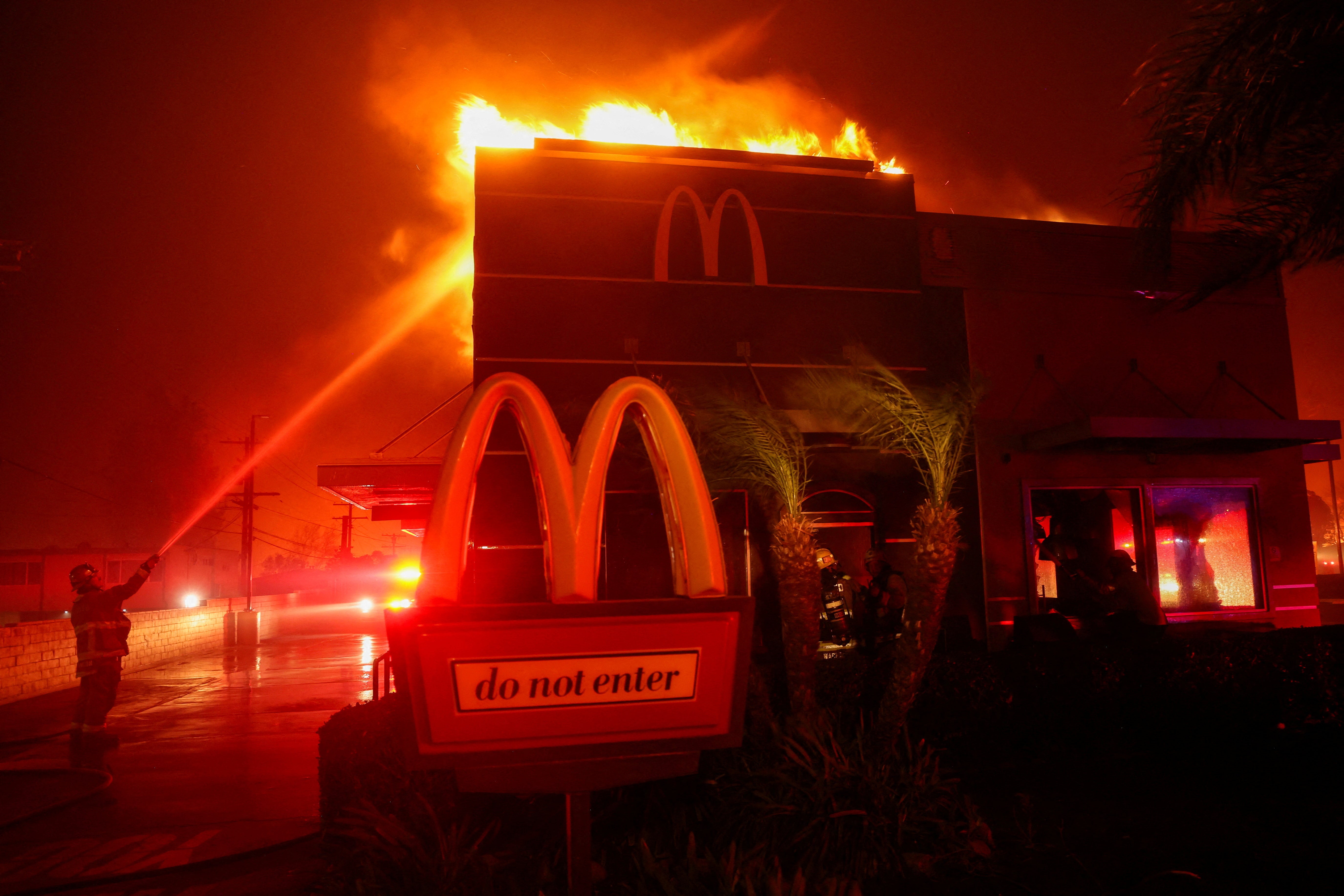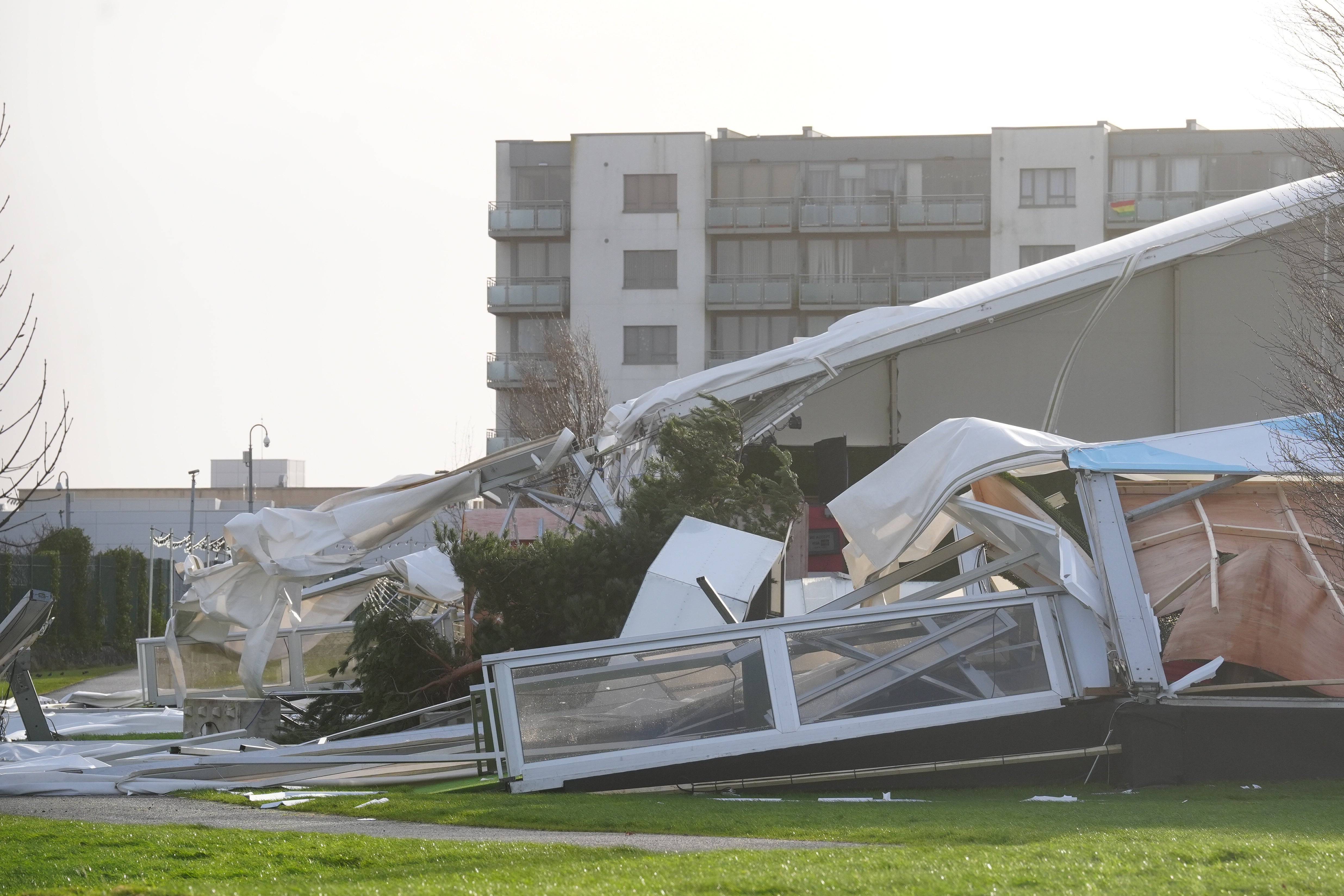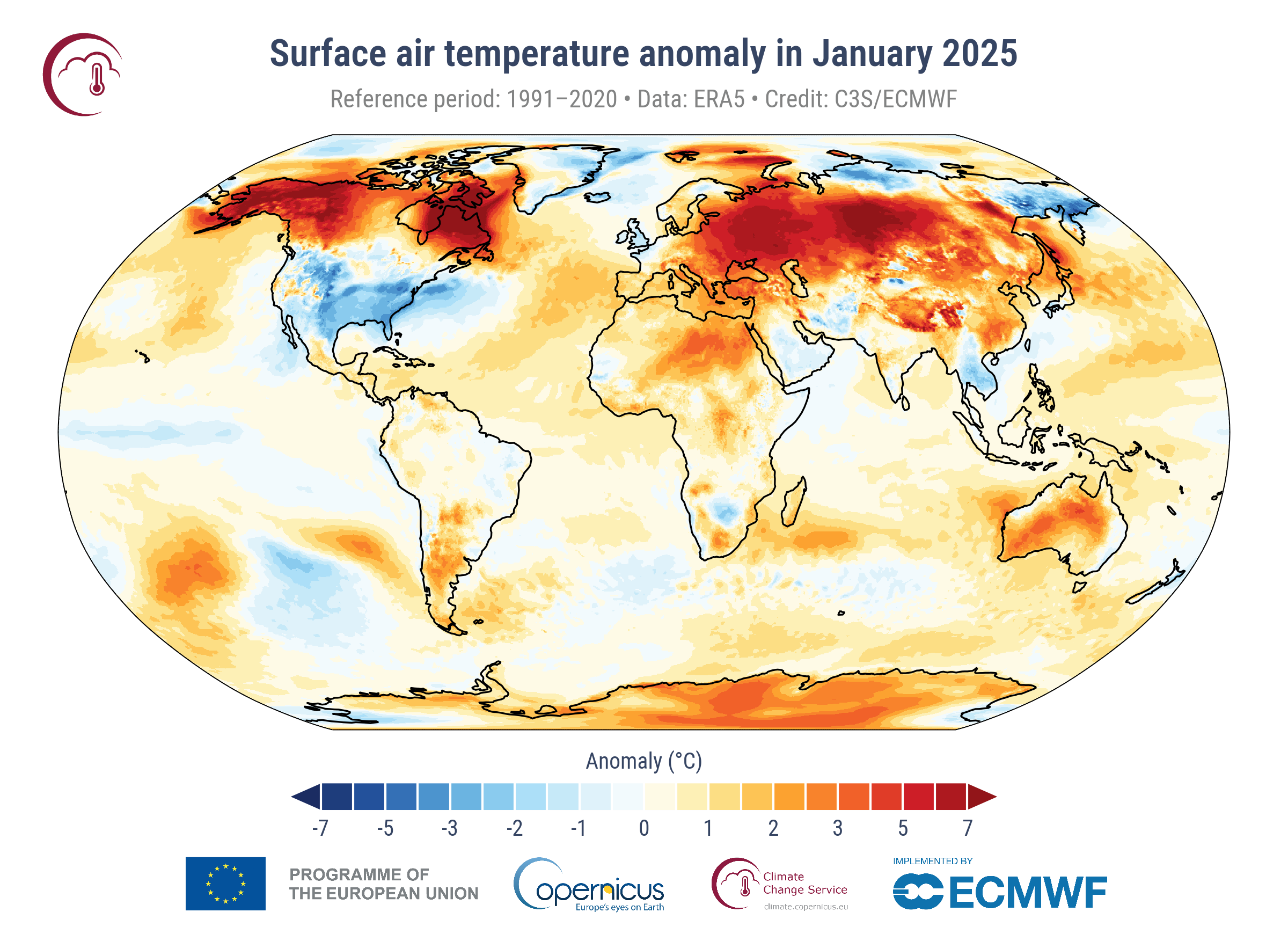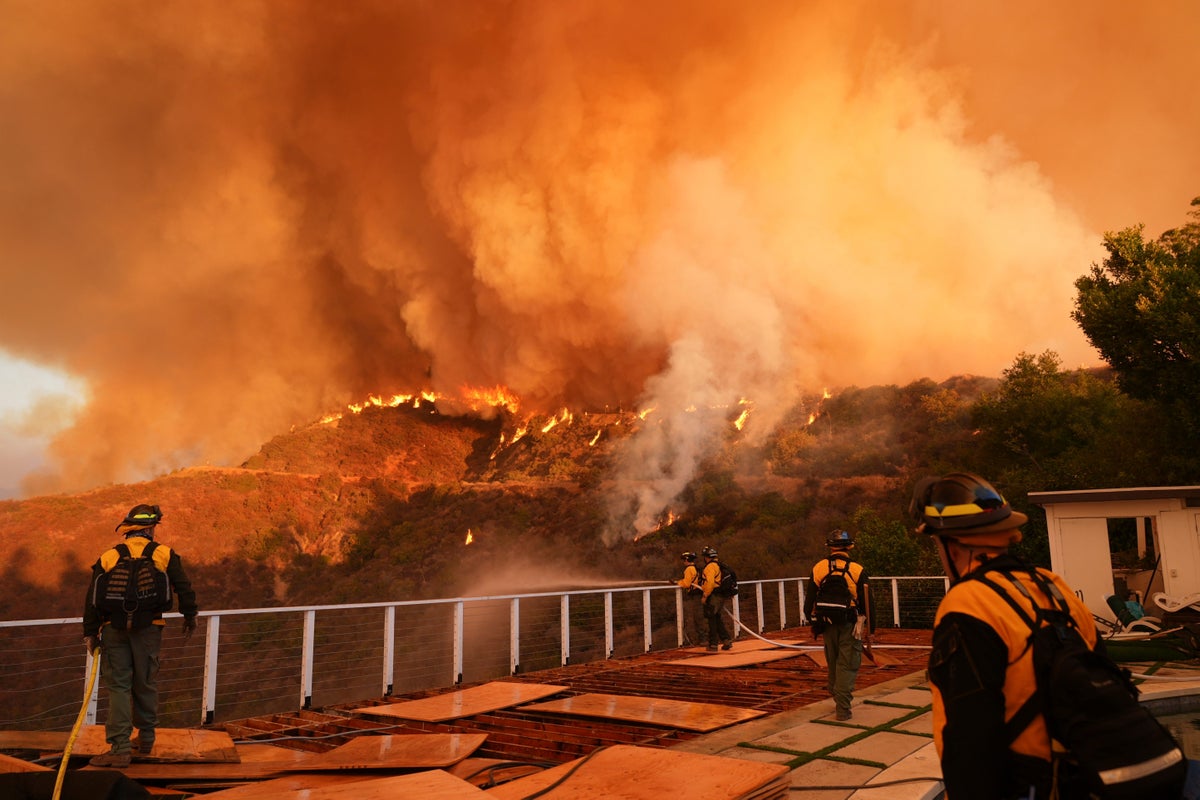Scientists have warned that “dangerous climate breakdown” has arrived after the warmest January ever was recorded globally, defying expectations that 2025 might be cooler than previous years.
The average temperature last month stood at 13.23C, which is 0.79C above the 1991 to 2020 average for January and 1.75C above the pre-industrial level, according to European space agency Copernicus.
January 2025 is the 18th month in the last 19 months which saw the global average surface air temperature more than 1.5C above the pre-industrial level.
It comes against a backdrop of new US president Donald Trump vowing to end previous leader Joe Biden’s policies of “climate extremism”. This is despite 2024 being registered as the world’s hottest on record, crossing the 1.5C threshold initially agreed in the 2015 Paris Agreement.
Emeritus professor of geophysical and climate hazards at UCL, Bill McGuire, called the data “astonishing and, frankly terrifying”.

He continued: “On the basis of the Valencia floods and apocalyptic LA wildfires, I don’t think there can be any doubt that dangerous, all-pervasive, climate breakdown has arrived.
“Yet emissions continue to rise, while fossil fuel corporations seek to expand operations. Grim doesn’t even begin to describe our prospects.”
Scientists expected the emergence of La Nina – a climate pattern of cooling conditions in the tropical Pacific – would slow down record-breaking global warming after the recent El Nino phenomenon led to the warming of surface waters.
Climate scientist Professor Chris Brierley told The Independent: “I don’t know why the La Nina had so little effect – it’s taken me and the community by surprise. We’ll get the research models out now to try and understand it, but that won’t have answers for a few months at the earliest.”
He added: “Irrespective of why it happened, it’s scary and highlights the urgency of taking serious climate action.”

The biggest driving factor for this record temperature remains greenhouse gas build-up from the burning of fossil fuels such as coal, oil and natural gas.
Global reliance on fossil fuels shows little sign of letting up as Trump started his second term with the promise to “drill, baby, drill”.
He declared a national energy emergency within days of his inauguration, putting a focus on domestic fossil fuel production.
As he signed an executive order titled “Putting America First In International Environmental Agreements”, the president said: “I’m immediately withdrawing from the unfair, one-sided Paris climate accord rip-off.”
“The United States will not sabotage our own industries while China pollutes with impunity,” he added.
UN secretary general António Guterres said this would undermine global efforts to curb climate change.

Ben Goloff, senior climate campaigner at the Center for Biological Diversity, added in a statement shared with The Independent: “Pulling out of Paris shows how threatened Trump is by the recent global compact to transition away from fossil fuels.
“Global leaders are on the right track to get us off the coal, oil and gas that are disrupting the climate and wreaking havoc from LA to North Carolina and all around the world. While Trump buries his head in the sand, it’s going to be up to state leaders to lock eyes on the climate crisis and lead us toward a livable future.”
While the US experienced freezing temperatures on average throughout the month, Los Angeles was ravaged by one of the worst wildfires in its history.
At least 11,000 homes were destroyed during the Eaton and Palisades fires in the city, according to the LA Times.
Professor Stefan Doerr, director of the Centre for Wildfire Research at Swansea University, told the BBC: “While fires are common and natural in this region, California has seen some of the most significant increases in the length and extremity of the fire weather season globally in recent decades, driven largely climate change.”

Scientists warned climate change had made the grass and shrubs that fuelled the fires more vulnerable to burning, due to “whiplash” conditions creating tinder-dry vegetation ready to ignite.
Dan Swain, from the University of California in LA which carried out the study, said: “This whiplash sequence in California has increased fire risk twofold.
“First, by greatly increasing the growth of flammable grass and brush in the months leading up to fire season, and then by drying it out to exceptionally high levels with the extreme dryness and warmth that followed.”
Across the Atlantic also saw extreme weather as Storm Eowyn brought “once in a generation” hurricane-force winds to the UK, cancelling more than 1,000 flights and leaving 600,000 homes and businesses without power.
While the UK may have experienced a cooler January than on average, strategic lead for climate at the European Centre for Medium-Range Weather Forecasts, Samantha Burgess, explained: “A much larger area of the planet’s surface was much, much warmer than average.”
Professor Adam Scaife from the Met Office, added: “Global temperatures reached a new record last year and this January.
“We anticipate that global temperatures are likely to be slightly cooler during 2025 but this year is still likely to be one of the three warmest years on record.”




